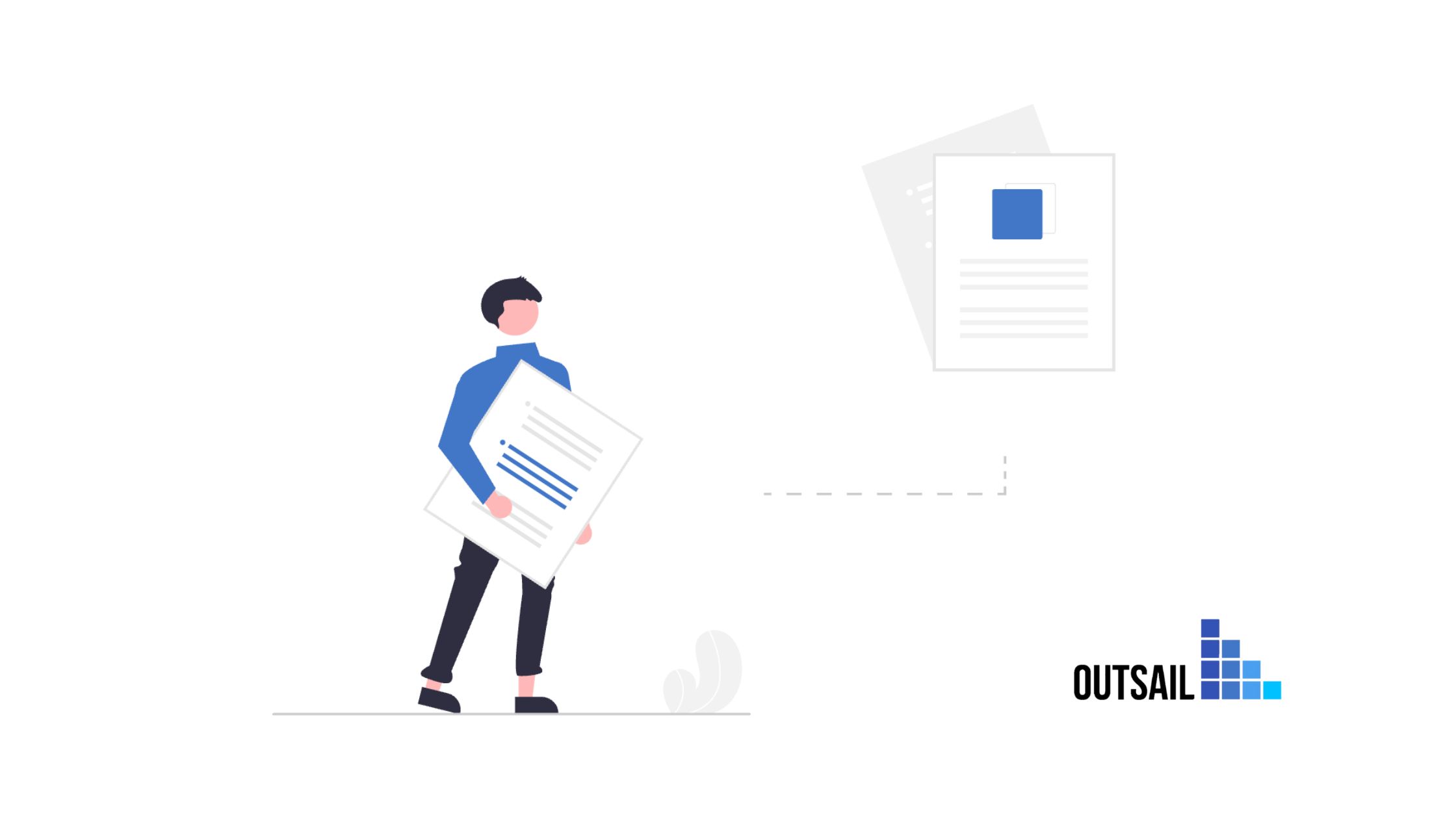Ensure HRIS data migration success with our guide. Simplify HR data transfer using a data migration checklist for accurate HRIS implementation data and smooth HR system conversion.

Implementing a new Human Resources Information System (HRIS) represents a significant investment in your organization's future. You've spent months evaluating vendors, securing budget approval, and selecting the perfect system for your needs. But here's a sobering reality: even the most sophisticated HRIS implementation can fail spectacularly if the data migration process goes wrong.
The fear of data loss or corruption during system transitions keeps HR leaders awake at night—and for good reason. According to industry studies, up to 60% of data migration projects experience significant delays or budget overruns, often due to preventable mistakes in the planning and execution phases. The complexity of HR data transfer, combined with the critical nature of employee information, makes HRIS data migration one of the most challenging aspects of any HR system conversion.
In this complete guide, we uncover the most common mistakes companies make when moving HR data—and how you can sidestep them with confidence.
Get Expert Migration Support today to protect your data, your timeline, and your investment.
Before diving into the pitfalls, it's crucial to understand what makes HR data transfer uniquely challenging. Unlike other business systems, HRIS platforms contain highly sensitive personal information, complex relational data structures, and information that directly impacts employees' paychecks, benefits, and career records. A single error in data migration can result in incorrect pay calculations, compliance violations, or damaged employee trust.
Moreover, HRIS implementation data often spans decades of employment history, multiple file formats, and various levels of data quality. The process isn't just about moving information from point A to point B—it's about transforming, cleaning, and restructuring data to fit new system requirements while maintaining accuracy and completeness.
The Pitfall: One of the most significant misconceptions in HRIS data migration is assuming that data cleaning is someone else's responsibility—whether it's the vendor's, IT's, or a consultant's. In reality, this critical task often falls squarely on the HR team managing the implementation.
The Solution: Accept ownership of data cleaning from day one. Your HR team knows the data best—they understand the business context, can identify anomalies, and know which records are actually being used versus those that are obsolete. Create a dedicated data cleaning team within HR, allocate sufficient time in your project timeline (typically 20-30% of the total migration timeline), and establish clear data quality standards before beginning the cleaning process.
Start by auditing your current data to identify inconsistencies, duplicates, and gaps. Document your cleaning decisions and create standardized processes for addressing common issues. Remember: you can select the perfect new system, but it won't matter if you're putting bad data into it.
The Pitfall: Different systems store and process data in fundamentally different ways. What seems like a simple field in your old system—such as employee names—can become a complex reformatting challenge. Perhaps your legacy system used full names in a single field, but your new HRIS requires parsed first, middle, and last names. Or maybe phone numbers were stored with various formats, but the new system requires a standardized international format.
The Solution: Conduct a detailed field mapping exercise early in your data migration checklist. Document every field in your current system and map it to the corresponding field(s) in your new HRIS. Pay special attention to:
Create transformation rules for each data type and test them with sample data before attempting full migration. Build or acquire data transformation tools that can automate reformatting where possible, but always include manual review steps for complex or critical data.
The Pitfall: Data is typically uploaded to the new system weeks or even months before the actual go-live date. During this "dual maintenance" period, your organization continues to operate—employees are hired, promoted, terminated, or transfer departments. Many organizations fail to plan for keeping both systems synchronized during this critical period, leading to discrepancies at go-live.
The Solution: Develop a comprehensive dual maintenance strategy that includes:
Assign specific team members to monitor and manage updates during dual maintenance. Track all changes in a centralized log, and ensure your new system reflects every personnel action that occurs during this period.
The Pitfall: Not all data is created equal when it comes to migration. Documents, attachments, images, and other files are often not considered transferable data in standard migration processes. Organizations frequently discover too late that performance reviews, signed documents, or training certificates won't automatically move to the new system.
The Solution: Early in your planning, identify all data types in your current system and verify with your new vendor what can and cannot be migrated. For non-transferable data:
Create a document retention and migration policy that clearly states what will be moved, what will be archived, and what can be safely discarded.
The Pitfall: Every HRIS vendor has limitations on how many years of historical data they'll import as part of standard implementation. Some organizations assume all their historical data will transfer, only to learn their vendor will only migrate two years of history, while they need seven years for compliance reasons.
The Solution: During vendor selection and contract negotiation:
Remember that more isn't always better. Focus on migrating clean, reliable data that will actually be used, rather than transferring decades of questionable information that will clutter your new system.
The Pitfall: Organizations often underestimate the amount of testing required for successful HRIS data migration. They may run a single test migration, fix obvious errors, and assume they're ready for production—only to encounter critical issues during the actual migration.
The Solution: Implement a robust testing strategy that includes:
Document all test results, track issues in a centralized log, and don't proceed to production migration until all critical issues are resolved. Plan for at least three full test migrations before your production run.
The Pitfall: HRIS data migration isn't just a technical exercise—it impacts every employee in your organization. Poor communication about the migration process, timeline, and potential impacts can lead to confusion, resistance, and reduced adoption of the new system.
The Solution: Develop a comprehensive communication plan that addresses:
Identify champions within different departments who can help communicate changes and gather feedback. Be transparent about potential challenges while emphasizing the long-term benefits of the new system.
The Pitfall: HRIS implementation data migration requires significant time and human resources, yet organizations often try to complete it with existing staff who are already managing full workloads. This leads to rushed work, missed deadlines, and increased errors.
The Solution: Realistically assess the resources required for successful migration:
Remember that investing adequate resources upfront will save time and money compared to fixing problems after a failed migration.
The Pitfall: During the chaos of data migration, security and compliance considerations can take a back seat. This is particularly dangerous given the sensitive nature of HR data and the increasing number of data protection regulations.
The Solution: Build security and compliance into every step of your data migration checklist:
Involve your legal and compliance teams early in the planning process to ensure all requirements are identified and addressed.
The Pitfall: Despite best efforts, migrations can fail. Organizations that haven't planned for this possibility may find themselves unable to process payroll or access critical employee information.
The Solution: Develop a comprehensive rollback plan that includes:
Test your rollback procedures during one of your test migrations to ensure they work as expected. While you hope never to use it, a solid rollback plan provides essential insurance for your organization.
Avoiding these pitfalls requires more than just awareness—it demands a structured approach to planning and executing your HR system conversion. Start by assembling a dedicated migration team that includes HR subject matter experts, IT professionals, and project management resources. Develop a detailed project plan that allocates sufficient time for each phase, particularly data cleaning and testing.
Consider engaging external expertise to supplement your internal team. While your HR staff knows your data best, experienced migration consultants can provide valuable technical expertise, best practices from similar projects, and additional resources during peak workload periods. Get Expert Migration Support to ensure your migration stays on track and avoids common pitfalls.
HRIS data migration doesn't have to be a nightmare scenario. By understanding and actively addressing these ten common pitfalls, you can significantly increase your chances of a smooth, successful transition to your new system. Remember that data migration is not just a technical challenge—it's an opportunity to improve data quality, streamline processes, and lay the foundation for better HR analytics and decision-making.
The key to success lies in early planning, realistic resource allocation, and maintaining a clear focus on data quality throughout the process. Don't underestimate the complexity of the task, but don't let fear paralyze you either. With proper preparation, the right team, and attention to these critical areas, your HRIS data migration can be completed on time, on budget, and without the data disasters that plague unprepared organizations.
Your new HRIS represents a significant step forward for your organization's HR capabilities. By investing the time and effort to migrate your data properly, you ensure that this powerful new tool has the clean, accurate information it needs to deliver value from day one. The path to successful HRIS implementation starts with getting your data migration right—and now you have the knowledge to do exactly that.
